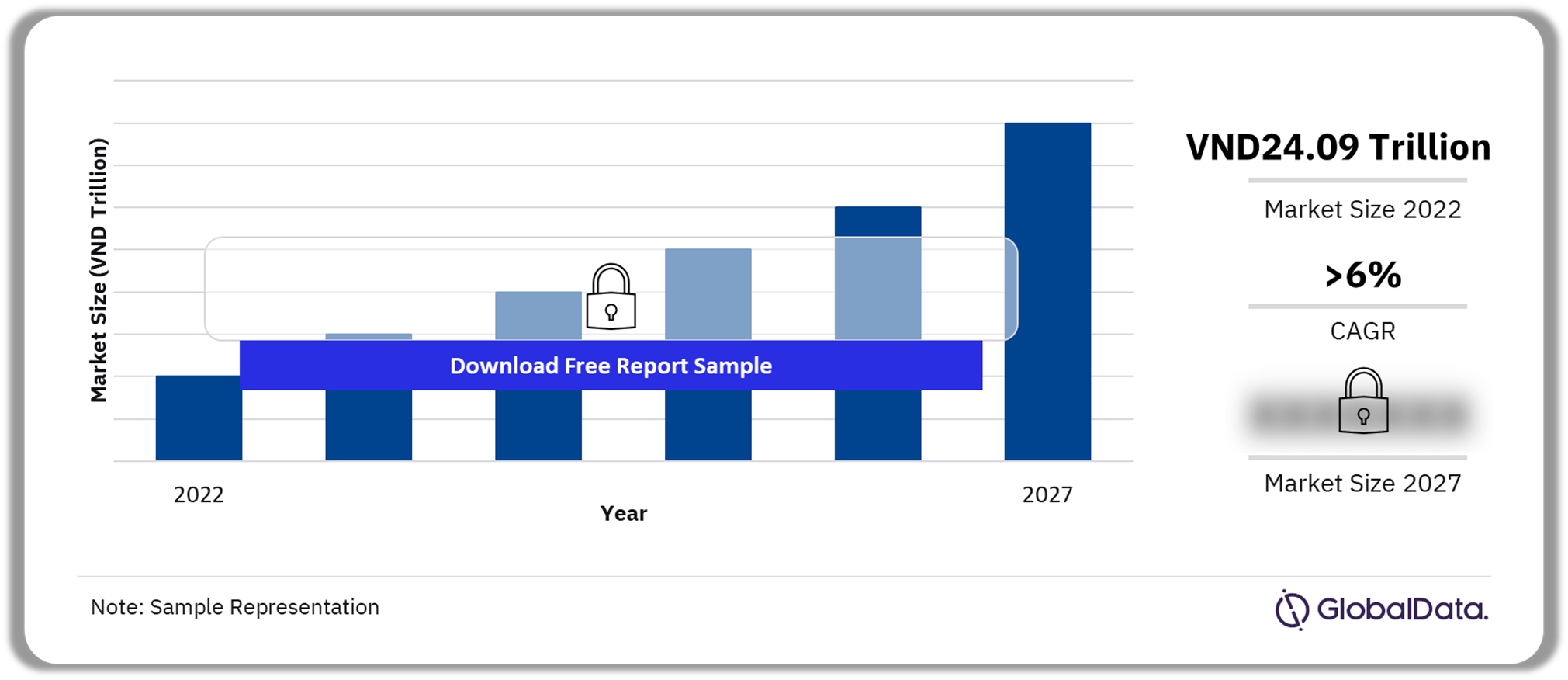Eco-Friendly Practices in Vietnam's Skincare Market

Vietnam's skincare market is witnessing a notable shift towards eco-friendly practices as consumers become increasingly conscious of environmental sustainability. This transition is driven by a growing awareness of the environmental impact of beauty products and a desire for more sustainable and ethical choices.
 Buy the Full Report for Vietnamese Skincare Market Forecasts
Buy the Full Report for Vietnamese Skincare Market Forecasts
Download a Free Sample Report
Here's a closer look at the eco-friendly practices emerging in Vietnam's skincare market:
1. Sustainable Packaging Initiatives:
-
Reducing Plastic Usage: Skincare brands in Vietnam are actively adopting sustainable packaging practices to minimize plastic usage. This includes the use of recycled materials, eco-friendly packaging designs, and exploring alternatives to traditional plastic containers.
-
Refillable Options: Some brands are introducing refillable packaging options, allowing consumers to replenish their skincare products with minimal packaging waste. This approach aligns with the principles of reducing single-use plastic and promoting circular economies.
2. Natural and Biodegradable Ingredients:
-
Emphasis on Naturals: Brands are placing a greater emphasis on using natural and biodegradable ingredients in their formulations. This trend aligns with consumer preferences for products that are not only beneficial for the skin but also environmentally friendly in terms of sourcing and disposal.
-
Herbal Traditions: Leveraging Vietnam's rich herbal traditions, skincare products often incorporate locally sourced botanicals, contributing to both the cultural authenticity and the sustainability of ingredient supply chains.
3. Zero-Waste Beauty Concepts:
-
Minimizing Waste: Zero-waste beauty concepts are gaining traction, encouraging consumers to choose products with minimal packaging or products that generate little to no waste during their lifecycle. This trend resonates with eco-conscious consumers seeking more sustainable options.
-
Product Innovation: Brands are innovating with solid skincare products, such as solid cleansers or moisturizers, which eliminate the need for excess packaging and reduce the environmental impact associated with traditional liquid formulations.
4. Certifications and Transparency:
-
Eco-Certifications: Some skincare brands in Vietnam seek eco-certifications to demonstrate their commitment to sustainable practices. These certifications provide transparency and assurance to consumers regarding the environmental standards upheld by the brand.
-
Transparent Labeling: Brands are adopting transparent labeling practices, providing consumers with information about the sourcing, production processes, and environmental impact of their skincare products. This transparency fosters trust among environmentally conscious consumers.
5. Local Sourcing and Production:
-
Supporting Local Communities: Skincare brands are increasingly emphasizing the use of locally sourced ingredients, supporting local farmers and communities. This practice not only reduces the carbon footprint associated with transportation but also contributes to the socio-economic development of local regions.
-
Reducing Carbon Footprint: Local sourcing and production contribute to the reduction of the overall carbon footprint of skincare products, aligning with the global push towards more sustainable and localized supply chains.
6. Educational Campaigns:
-
Consumer Awareness: Brands are engaging in educational campaigns to raise consumer awareness about the environmental impact of skincare products. These campaigns highlight the importance of making eco-friendly choices, fostering a sense of responsibility among consumers.
-
Promoting Sustainable Lifestyles: Skincare brands are not only selling products but also promoting sustainable lifestyles. This includes encouraging consumers to adopt practices such as recycling, upcycling, and making informed choices about their overall consumption habits.
7. Community Engagement:
-
Environmental Initiatives: Skincare brands are actively engaging with local communities on environmental initiatives. This includes participating in beach clean-ups, tree planting campaigns, and other activities that contribute to environmental conservation and community well-being.
-
Partnerships with NGOs: Collaborations with non-governmental organizations (NGOs) focused on environmental conservation allow skincare brands to amplify their impact and contribute to larger-scale initiatives.
8. Challenges and Opportunities:
- Market Dynamics: While eco-friendly practices face challenges such as increased production costs and consumer education, they present opportunities for brands to differentiate themselves in the market and appeal to a growing segment of environmentally conscious consumers.
9. Future Outlook:
- Continued Integration: The future of Vietnam's skincare market is likely to witness a continued integration of eco-friendly practices. Brands that prioritize sustainability and environmental responsibility are expected to gain prominence as consumer demand for eco-conscious products grows.
In summary, Vietnam's skincare market is embracing eco-friendly practices as part of a broader global movement towards sustainability. The industry's commitment to environmental responsibility reflects both the cultural values of the region and a forward-looking approach to meeting the demands of a conscious consumer base.
- Questions and Answers
- Opinion
- Story/Motivational/Inspiring
- Technology
- Art
- Causes
- Crafts
- Dance
- Drinks
- Film/Movie
- Fitness
- Food
- Games
- Gardening
- Health
- Home
- Literature
- Music
- Networking
- Other
- Party
- Religion
- Shopping
- Sports
- Theater
- Wellness
- News
- Culture
- War machines and policy

